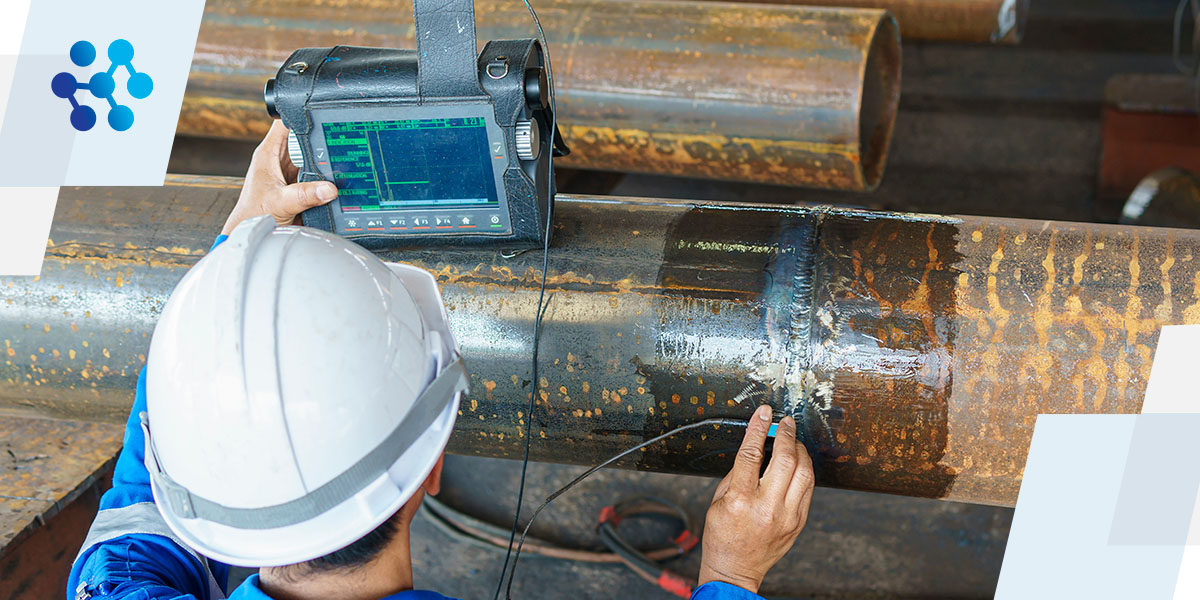A Detailed Review of Storage Tank Welding Evaluation Criteria and Methodologies for Improved Weld High Quality and Efficiency
The importance of welding examination standards in the production of storage tanks can not be overstated, as they serve as the backbone for ensuring weld integrity and functional integrity. Different inspection techniques, including aesthetic evaluations and progressed non-destructive screening techniques, are important in determining potential flaws that can endanger efficiency.
Value of Welding Examination Requirements

Welding assessment criteria incorporate a variety of criteria, including material specs, welding treatments, and credentials of workers associated with the welding process. By implementing these criteria, organizations can methodically recognize and remedy possible defects, thus minimizing the possibility of pricey repairs or devastating failures. In addition, extensive assessment methods promote a culture of responsibility and accuracy, motivating welders to preserve high degrees of craftsmanship.

Common Welding Inspection Methods


Ultrasonic Testing (UT) is another prevalent technique, utilizing high-frequency acoustic waves to identify inner imperfections that might not show up externally. This method is specifically reliable for determining spaces or inclusions within the weld steel. Magnetic Fragment Evaluating (MT) is likewise commonly utilized, particularly for ferromagnetic materials, as it exposes surface area and near-surface flaws with the application of electromagnetic fields and ferrous fragments.
In Addition, Liquid Penetrant Testing (PT) spots surface-breaking defects by using a penetrant to the weld and after that using a programmer to attract out the penetrant. Each of these techniques adds to a detailed evaluation approach, making sure that welds meet the rigorous high quality standards called for in storage tank building.
Governing Specifications and Compliance
Regulative standards and conformity are important parts in guaranteeing the safety and dependability of bonded structures in tank construction - Tank Welding Inspection. These requirements offer to develop minimum demands for product buildings, welding treatments, and inspection practices, thereby reducing the danger of architectural failures and improving total performance
Key companies, such as the American Society of Mechanical Designers (ASME) and the American Welding Culture (AWS), provide guidelines that are commonly adopted in the market. Conformity with these standards not just guarantees adherence to ideal techniques however additionally meets legal and legal obligations, protecting the passions of stakeholders.
Governing bodies frequently mandate adherence to certain codes, such as ASME Code Area IX for welding credentials and API 650 for welded storage tanks. These codes describe requirements for welding methods, certifications of workers, and testing approaches to confirm weld integrity.
Normal audits and examinations are critical to maintaining compliance, as they help identify discrepancies from view it established requirements. Non-compliance can lead to considerable charges, job delays, and security risks. Therefore, a robust understanding of regulative requirements and a commitment to compliance are critical in accomplishing top notch and sturdy bonded storage tank structures.
Non-Destructive Evaluating Techniques
How can the integrity of welded frameworks be ensured without creating damage? Non-destructive testing (NDT) methods offer a robust solution, making it possible for assessors to examine weld quality without endangering the product - Tank Welding Inspection. Among the most usual NDT methods are ultrasonic testing (UT), radiographic testing (RT), magnetic fragment testing (MT), and dye penetrant screening (PT)
Radiographic screening includes passing X-rays or gamma rays via the weld, producing images that expose structural flaws such as fractures or gaps. This technique is invaluable for analyzing the integrity of intricate welds.
Magnetic particle screening is suited for ferromagnetic products, where magnetic fields expose surface area and near-surface interruptions. Dye penetrant testing makes use of a liquid dye to highlight surface-breaking defects, making it an efficient method for non-porous materials.
Each of these NDT approaches has distinct benefits, permitting for extensive analyses tailored to certain products and welding processes. By carrying out these strategies, industries can make certain the reliability and security of bonded structures, eventually boosting total performance.
Enhancing Weld High Quality Via Inspection
Effective assessment plays a critical role in improving weld high quality, offering as a crucial checkpoint in the manufacture process. By determining possible issues early, assessments minimize the threat of jeopardized architectural integrity and guarantee conformity with market standards. Using a mix of visual examinations, non-destructive testing (NDT) approaches, and mechanical evaluations, inspectors can discover concerns such as porosity, fractures, and incomplete blend.
Applying a durable examination method not just boosts the general high quality of welds however likewise promotes a culture of responsibility among welders and producers. Routine training and accreditation of evaluation personnel ensure that they are equipped with the necessary abilities to acknowledge and resolve potential issues effectively. This positive strategy minimizes rework and connected prices, inevitably adding to forecast effectiveness.
Additionally, comprehensive documents of assessment findings provides beneficial insights into reoccuring problems, helping with continuous renovation in welding methods. By leveraging advanced technologies, such as automated ultrasonic screening or digital radiography, weld top quality can be improved with a lot more specific evaluations. To conclude, an extensive evaluation procedure is vital in achieving high-quality welds, making certain safety, integrity, and longevity you could try here in container fabrication.
Verdict
In final thought, the execution of extensive container welding inspection requirements and methods is crucial for ensuring weld stability look at this website and performance. By using a mix of aesthetic assessments, non-destructive screening approaches, and adherence to governing criteria, companies can effectively identify and alleviate possible issues.